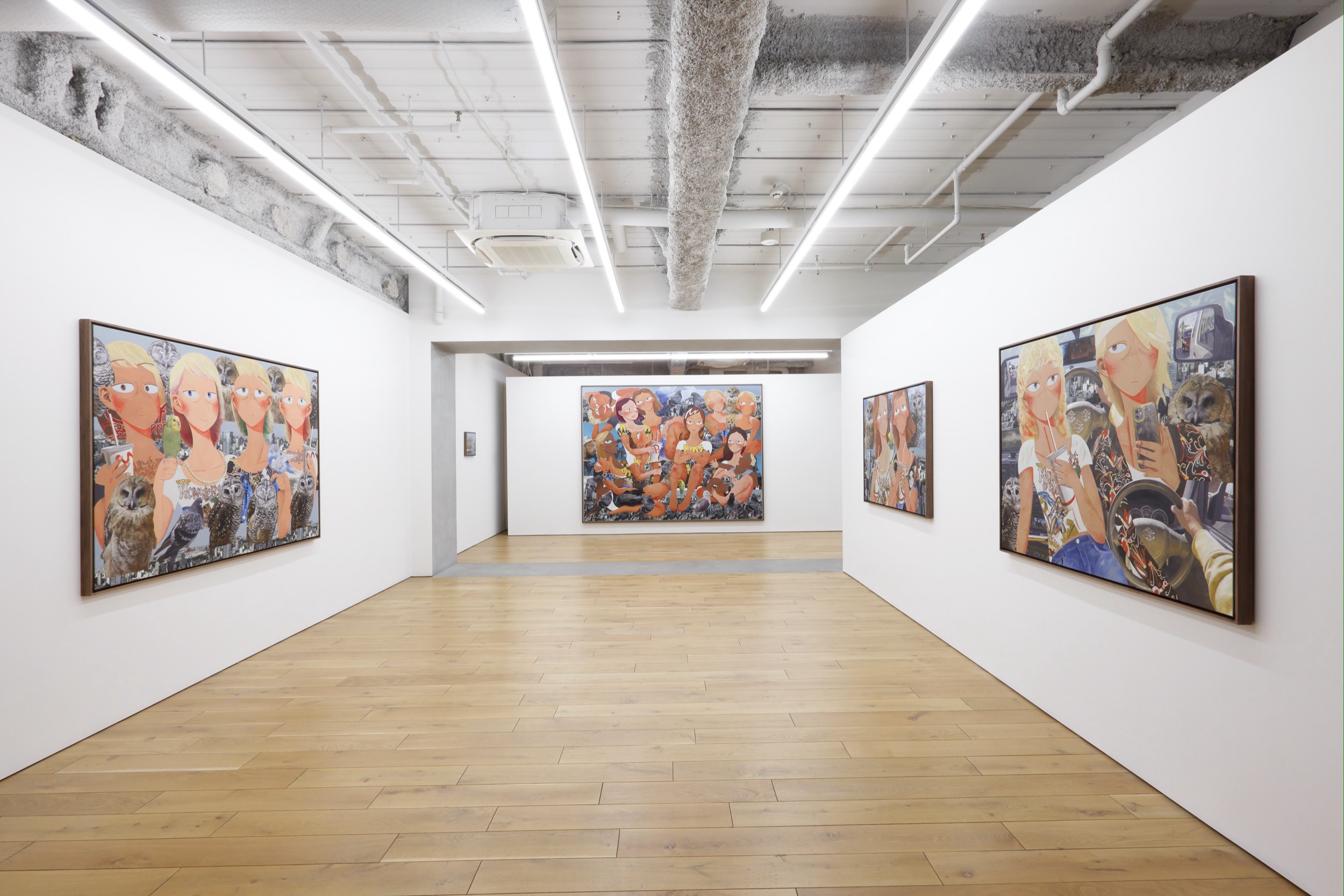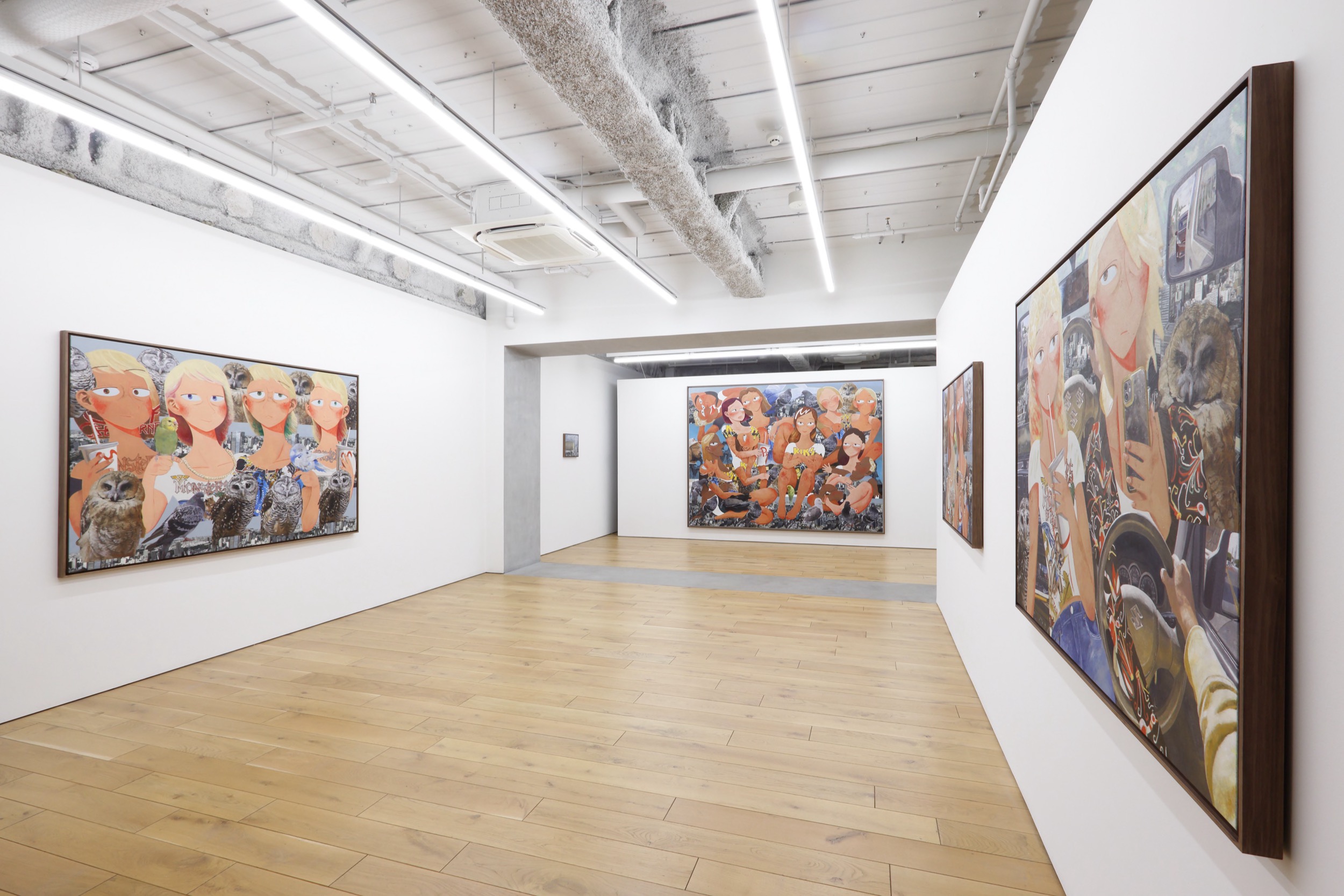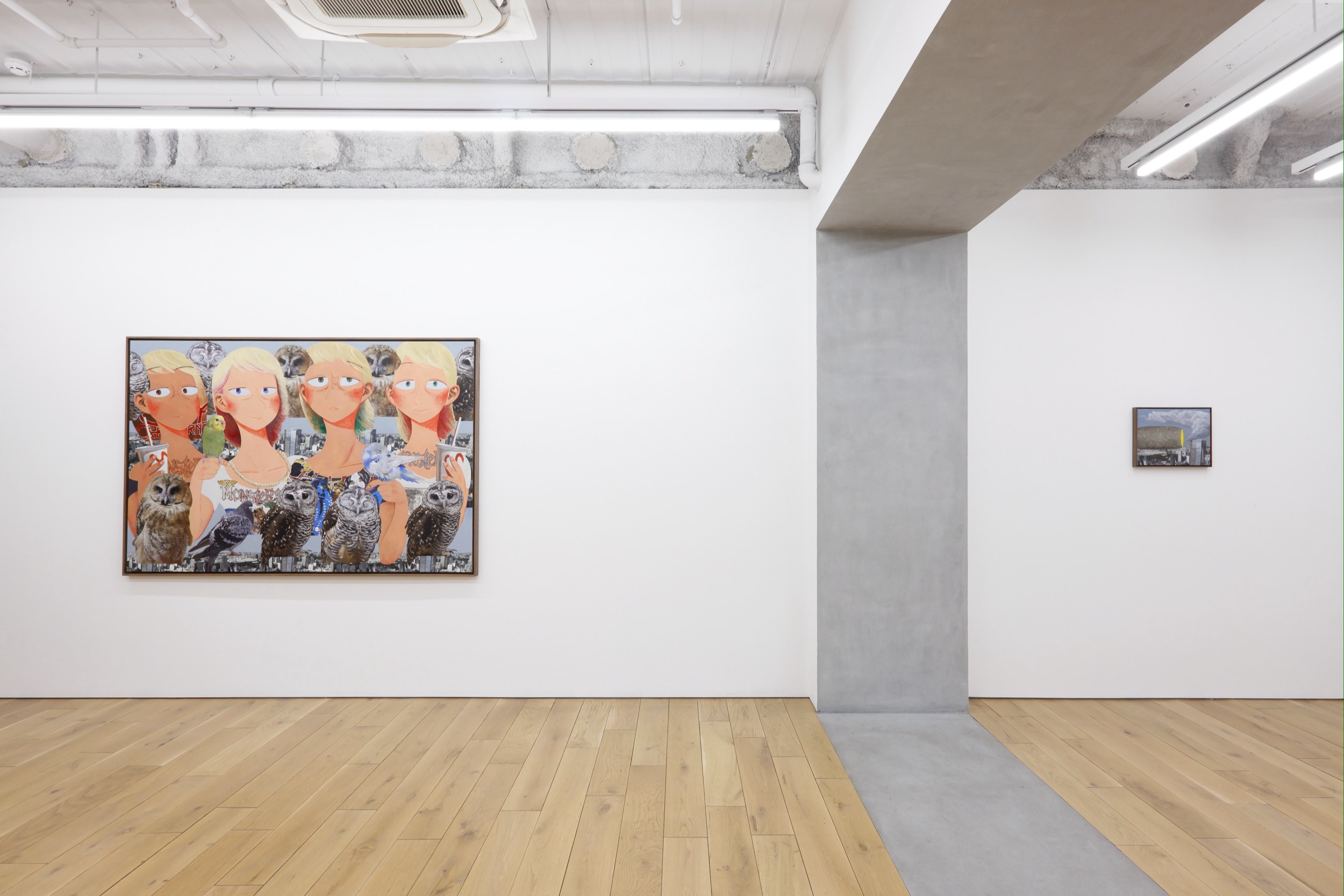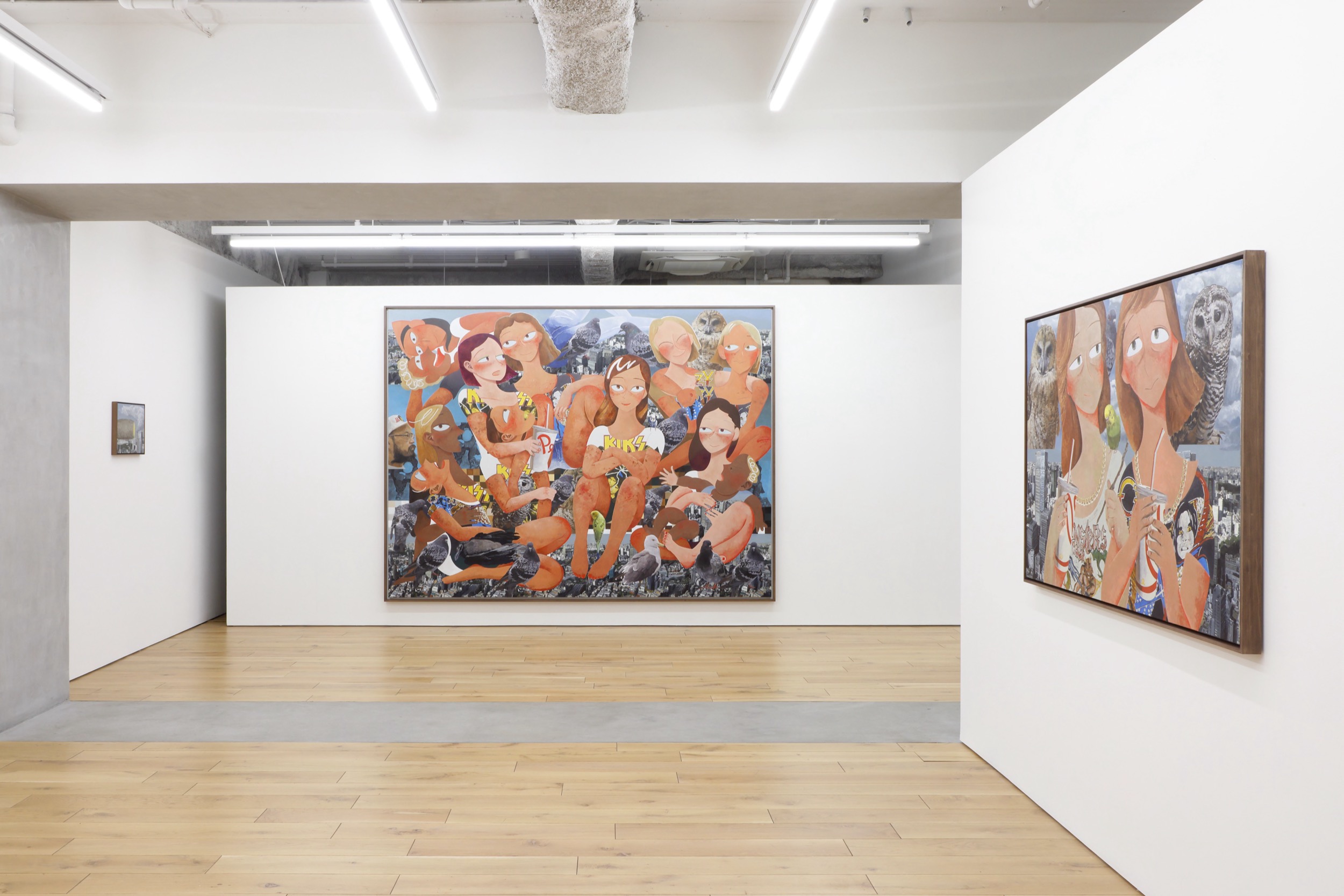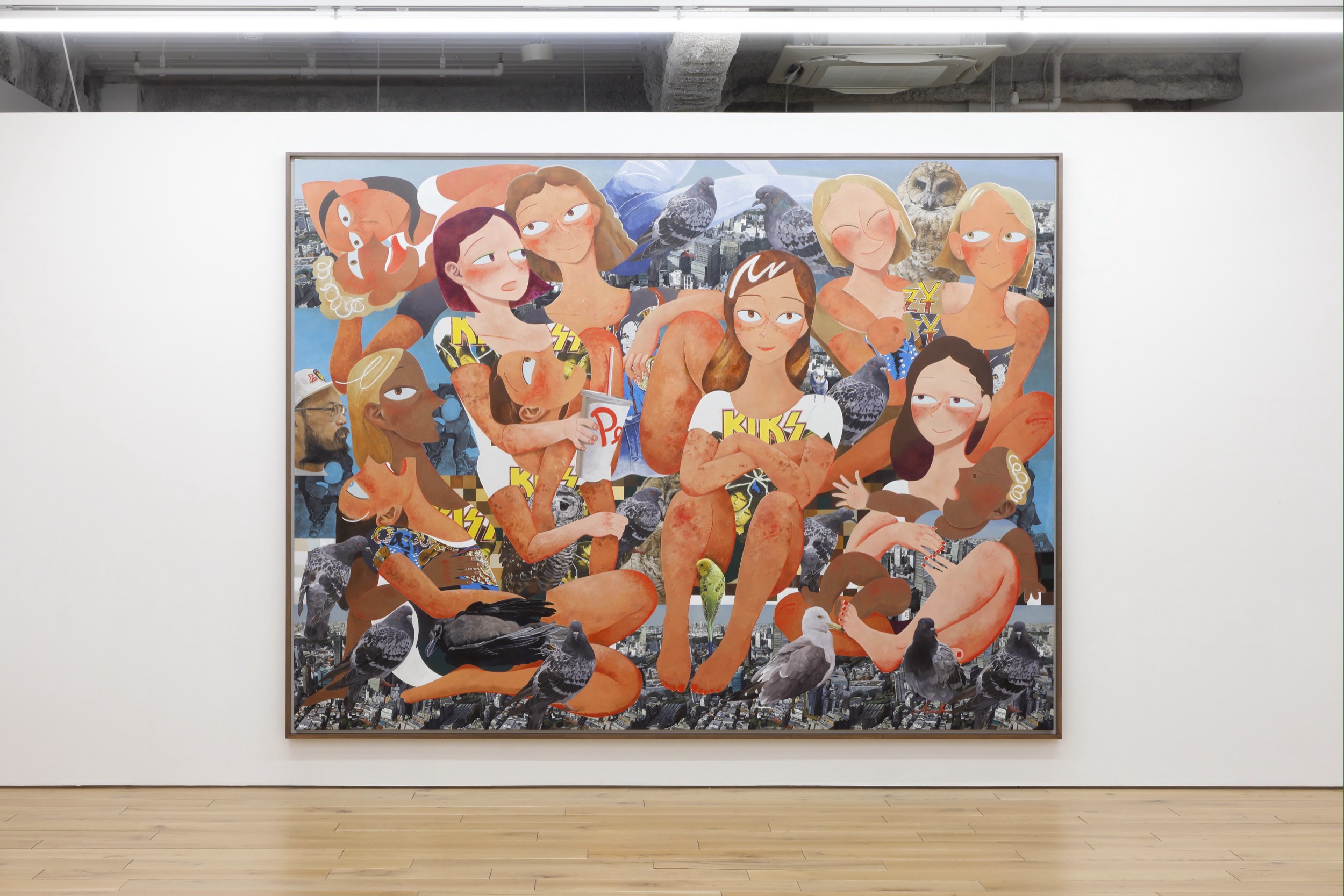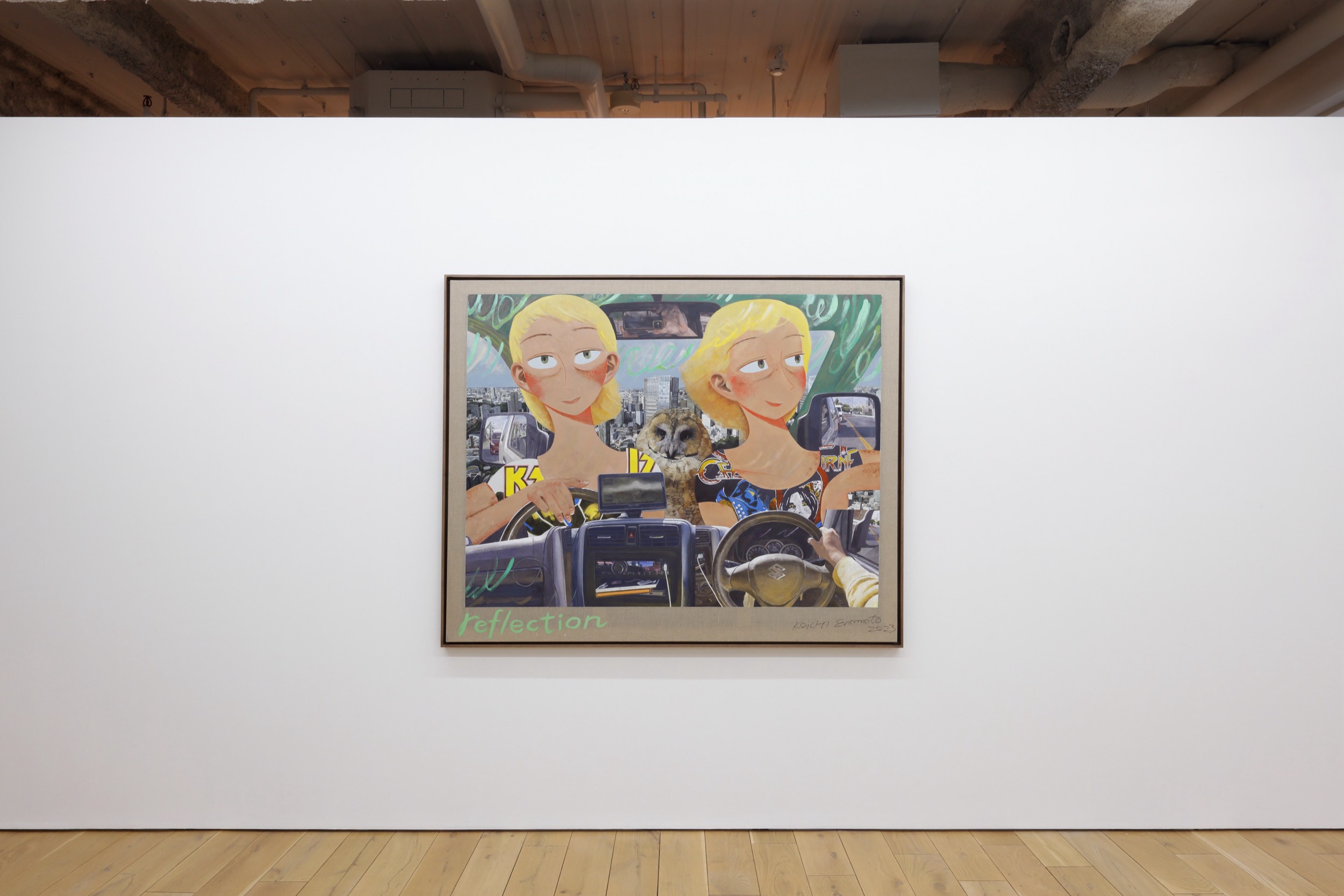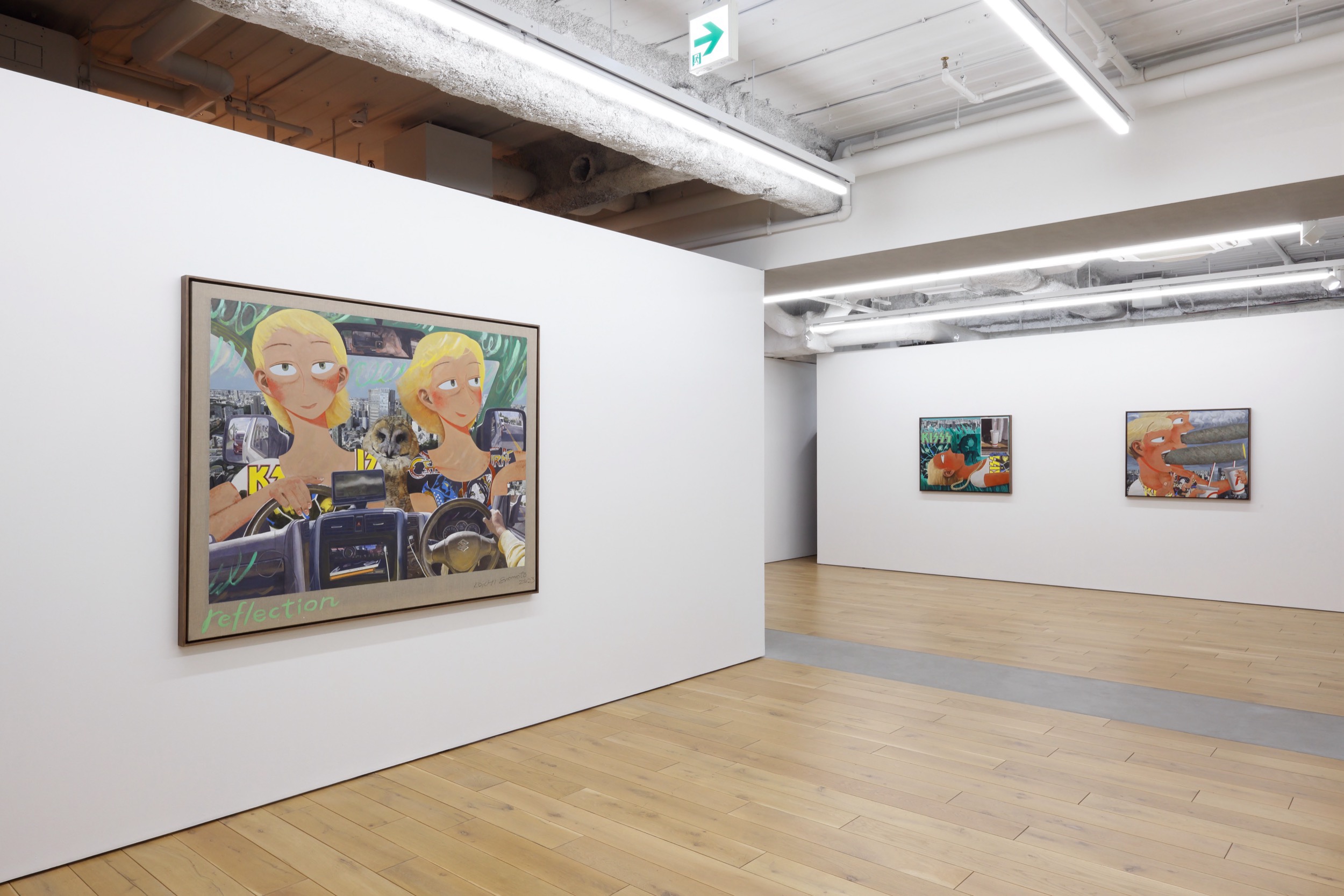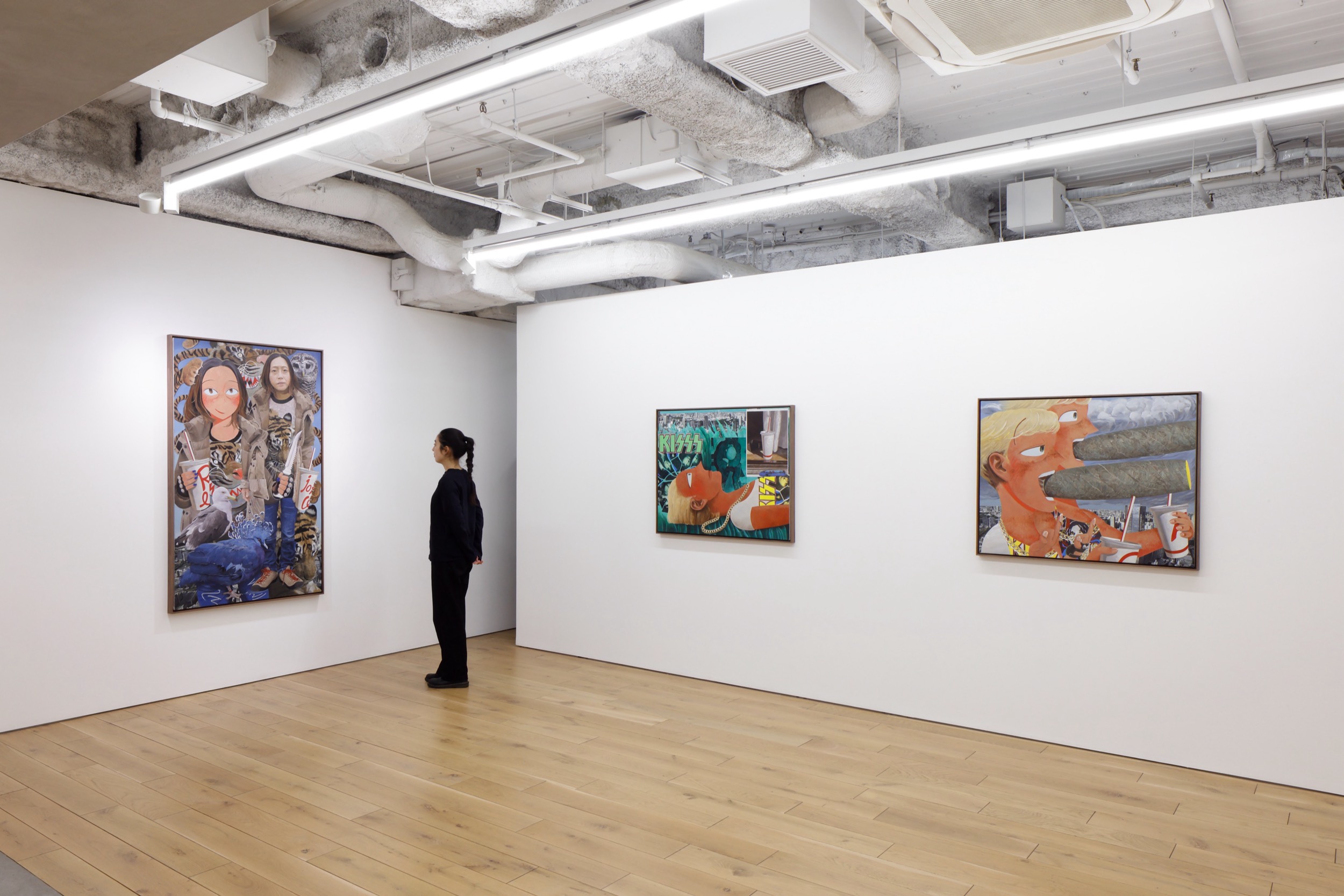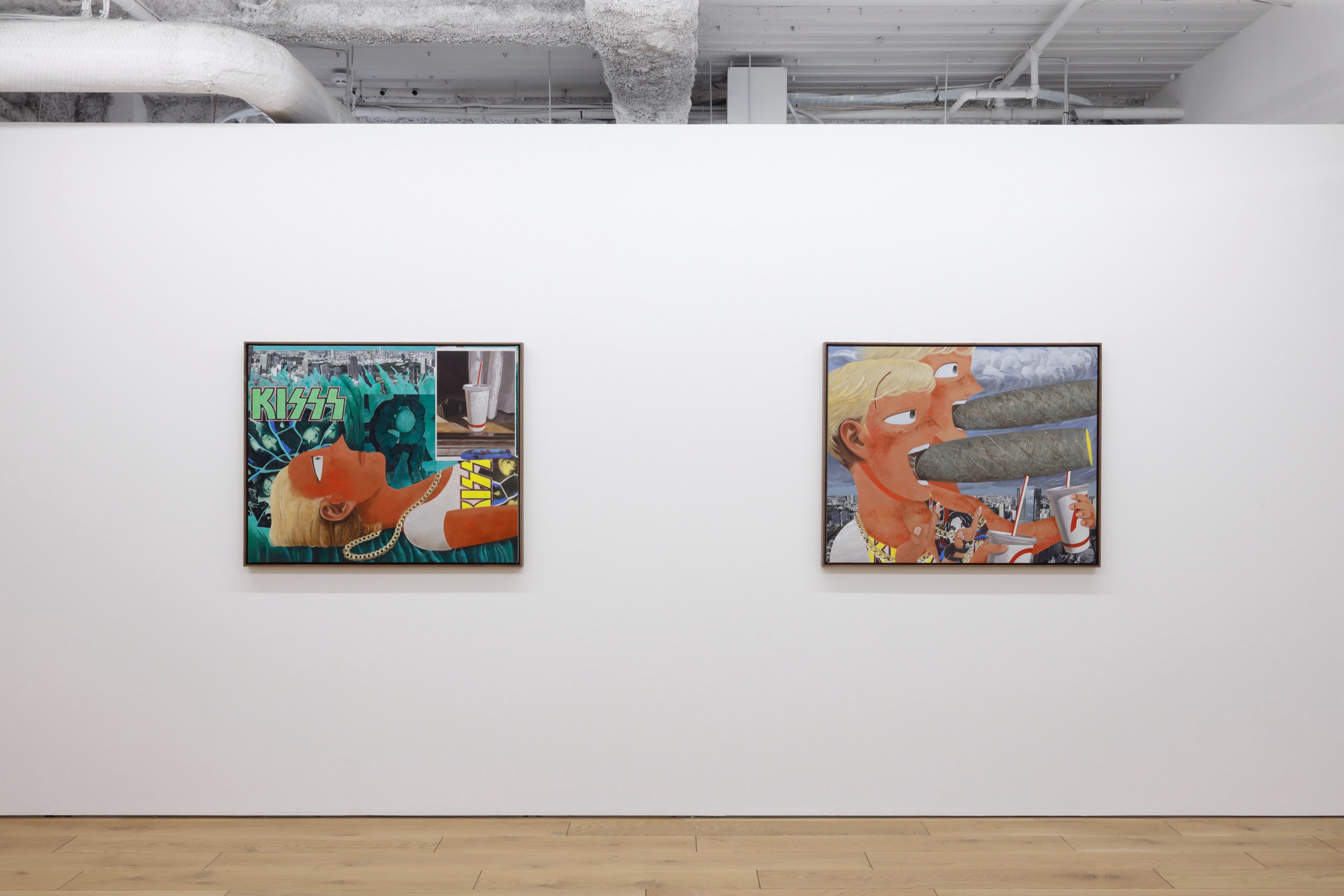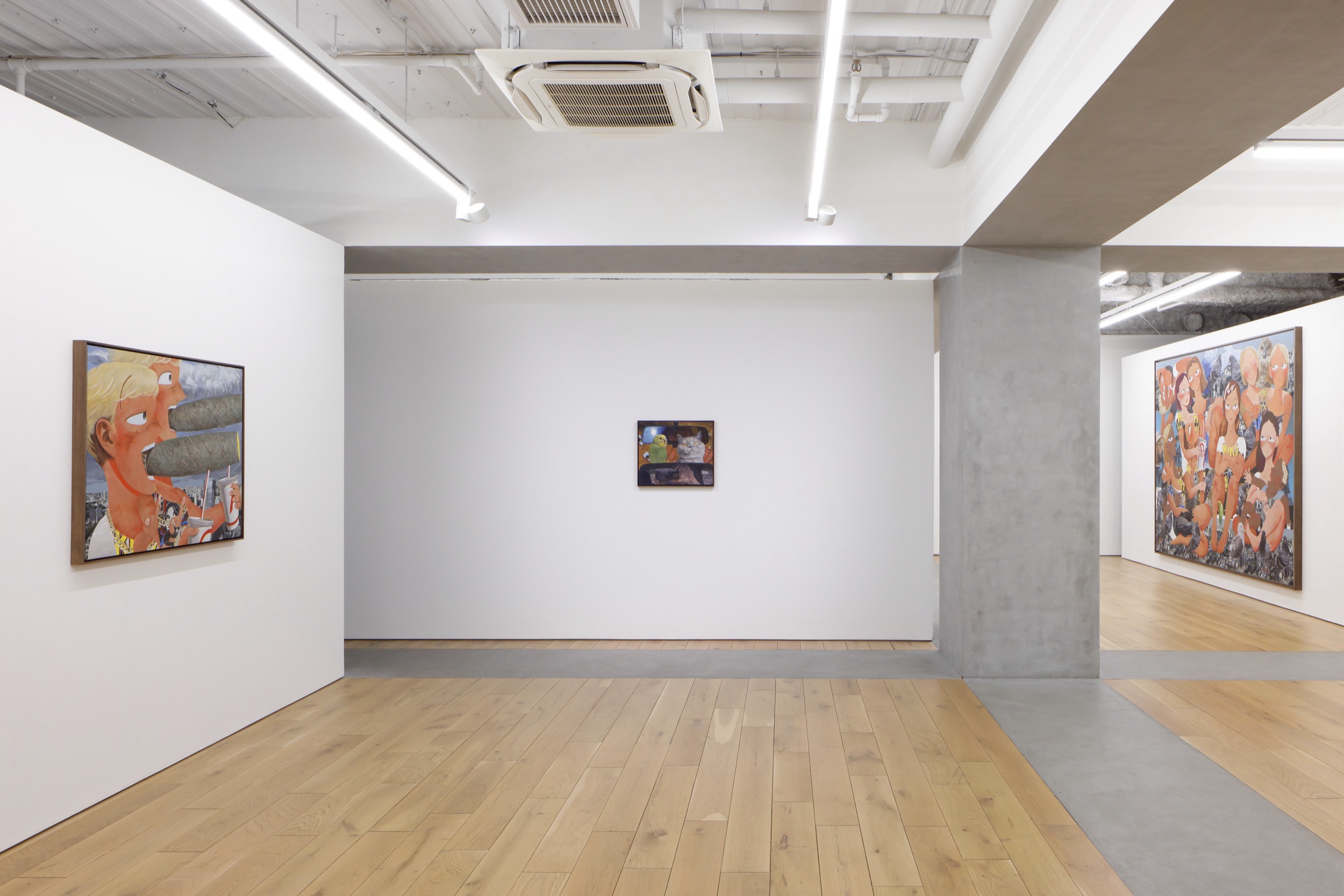TARO NASU is pleased to announce Koichi Enomoto’s solo exhibition “Some lights”.
Since the COVID-19 pandemic shook the world in 2020, Koichi Enomoto has pursued new values in an endeavor to support the world as a whole through his pictorial expressions. His works are now acquired by domestic and international art museums and public collections, and his presence in the art scene, not only in Asia but also in Europe and the United States, has been increasing. In this solo exhibition, consisting of nine new works, Enomoto asks viewers to ponder the “elan vital” in human society in the aftermath of the pandemic.
Born in 1977, Osaka, Japan. Lives and works in Kanagawa, Japan.
Recent solo exhibitions include “Against the day” (Nonaka-Hill, Los Angeles) in 2022, “NEW LIFE!!” (TARO NASU, Tokyo) in 2020, “Stone” (TARO NASU, Tokyo) in 2017, “The 6 Way to the Psychic JPN” (HAPS, Kyoto) in 2015, “21 Century Standard Bearer” (TARO NASU, Tokyo), group exhibitions include“MELENCOLIA” (Eva Presenhuber, Zurich) in 2023, “Roppongi Crossing 2019: Connexion” (Mori Art Museum, Tokyo) in 2019, “The Way of Painting” (Tokyo Opera City Art Gallery, Tokyo), “Graphic Novel” (Arario Gallery, Seoul) in 2014, and more.
Public collections: Dallas Museum of Art (Dallas), Institute of Contemporary Art, Miami (Miami), Mori Art Museum (Tokyo), Taguchi Art Collection (Tokyo).
“Recreating once again” – Koichi Enomoto
When I draw a bird that is already dead, I sometimes feel the illusion that the bird has come back to life in front of my eyes, even though its life is no longer there. Recreating images is one of the functions that painting can achieve, and I have taken that for granted, but I am still surprised to feel as if the dead bird came back to life before my eyes. So, for me, the word “recreation” started to include such a new meaning. There is still something about recreation that makes me think “a-ha,” or a sensation that resembles empowerment.
For me, art is simply something that inspires people to live again tomorrow. Hopefully, I would like to be able to create such works, by means of “recreation.” What I want to recreate is the faces and expressions of the people in my memory, what they were doing, and especially, the sensation that the person was and is certainly there. I have to be careful not to make the paintings emotionless. And, of course, my works should be based on the idea of what painting or art is and what human beings are. If possible, I wish to give fresh surprises through my works, as if a bird has been revived.
Human beings exist only for a short moment amid nearly infinite time. It is just like the smile of a friend in your memory. Therefore, I paint people who appear to be just standing there, just smiling, who somehow existed. (The painting becomes the memory of the person who sees it, so it is like installing a finite memory in the finite life of the viewer.)
Painting is a medium of information, and it is engraved with my own techniques as well as those of historical painters, just like embedded genes. These are the fragments of systematic thoughts and techniques of seeing and showing. For example, the use of mirrors is a common motif in painting, and, at the same time, the reflection of light from mirrors symbolizes reflection or contemplation. During the time spent in front of a painting, the viewer is able to sense and think all kinds of things while shifting their gaze from a motif to another motif and from a color to another color—this is exactly the act of reflection. Therefore, my paintings consist of a complex mixture of different motifs and painting styles. It may sound strange, but I am doing my best to make the viewer face my picture and look into it wholeheartedly, and focusing my efforts on making such paintings. My paintings highlight the fact that there is me who painted them, that the painted person or the subject is in the painting, and that there are the viewers who see them. I create my works with the purpose of encouraging (empowering) all these people, along with the paintings themselves.
(2024.01.23)
